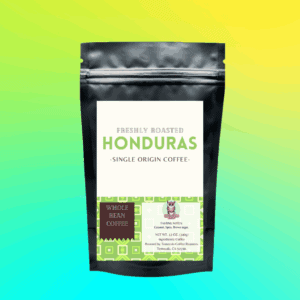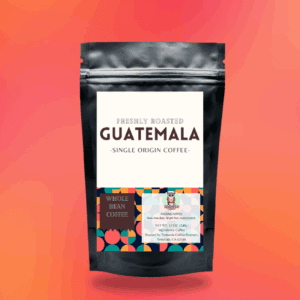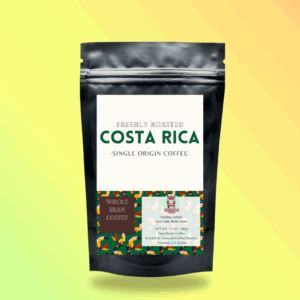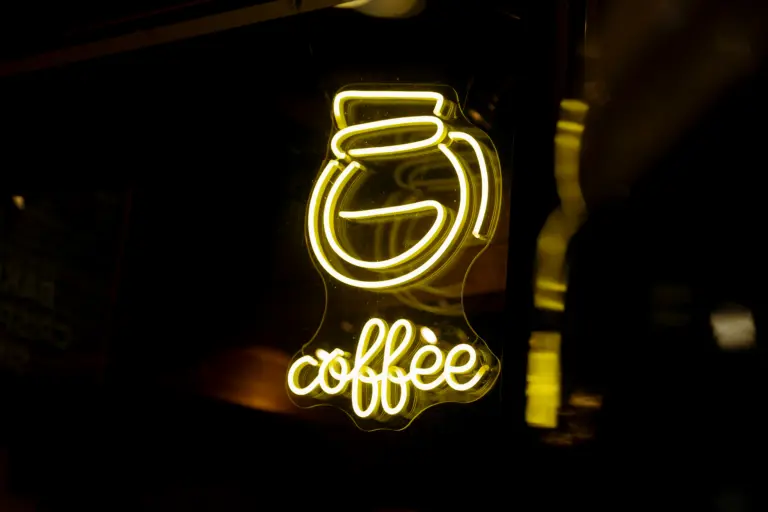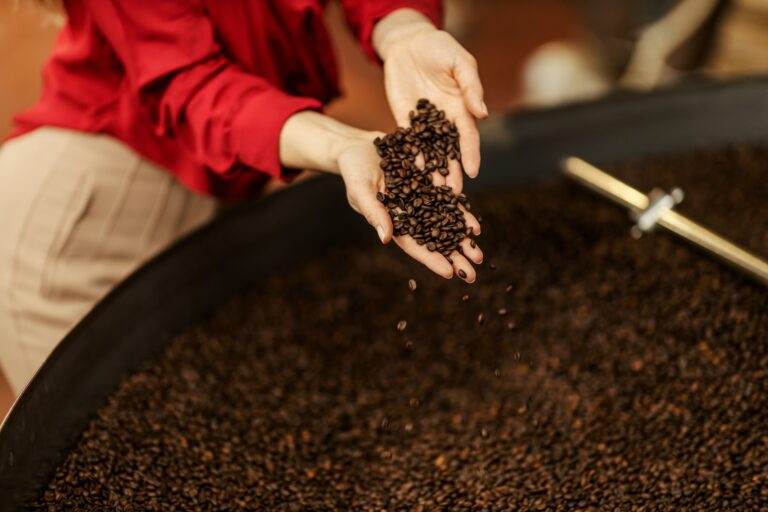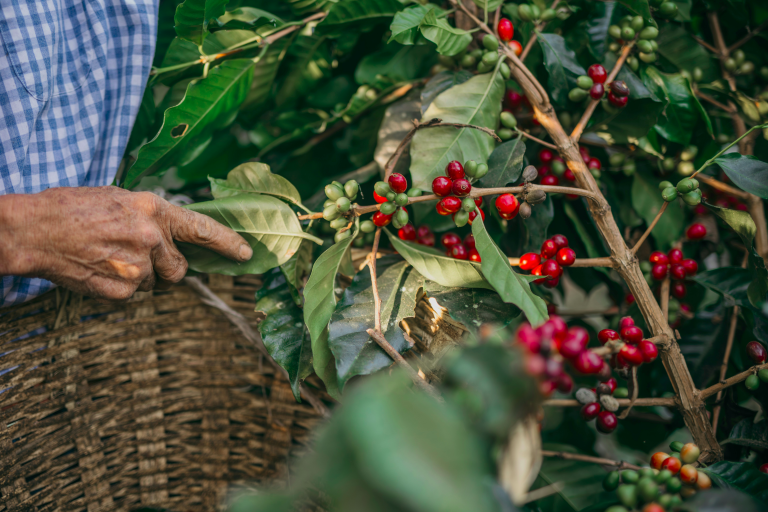Free Shipping on all U.S. orders $50+
Why Single-Origin Coffee Matters (and Tastes Better)
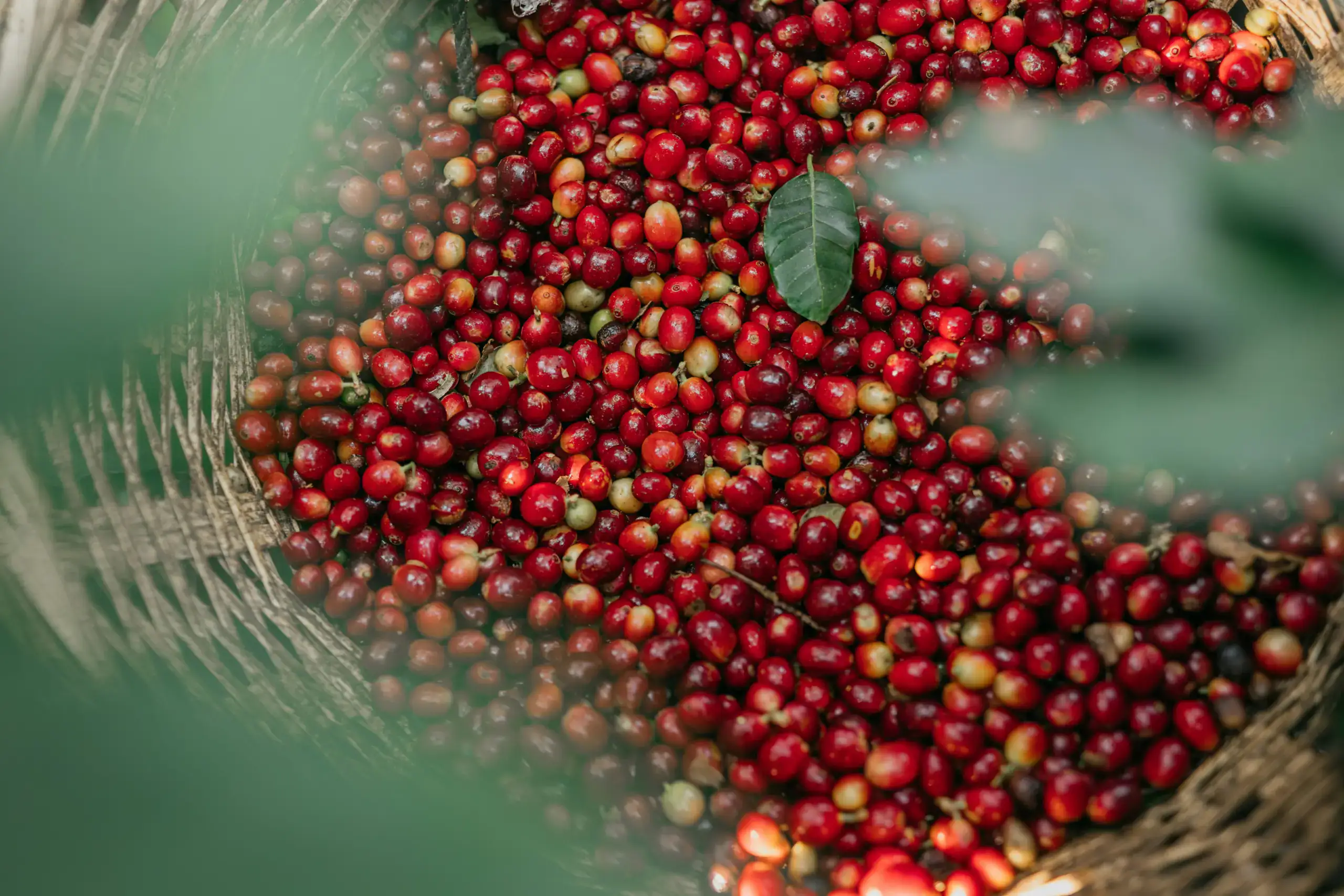
Do you know what goes into your morning cup of coffee? Beyond the caffeine boost and comforting aroma, there’s a whole world of flavors and origins to explore. That’s where single-origin coffee comes in. It’s not just a fancy term you’ve heard tossed around in trendy coffee shops; it’s a game-changer for coffee lovers everywhere.
Today, we’re taking a deep-dive into why single-origin coffee deserves a spot on your radar (and in your cup). From its unique flavor profiles to its unmatched traceability, you’ll soon see why everyone’s buzzing about it. Plus, we’ll share some insider brewing tips to help you savor every last drop. Grab your mug, and let’s brew this!
What Is Single-Origin Coffee?
Single-origin coffee refers to beans sourced from a single location, whether that’s a specific country, region, or even a single farm. Unlike coffee blends, which combine beans from multiple origins, single-origin coffee lets you taste the distinct characteristics of the place it comes from. It’s like a sip-worthy postcard telling the story of its origin.
Why is it becoming so popular? Because coffee enthusiasts are craving authenticity, quality, and traceability. Single-origin beans offer a full sensory experience and a chance to explore the unique characteristics of terroir (but more on that in a second). They’re like the indie rockstars of the coffee world, standing out with their originality.
The Terroir Effect: How Geography Shapes Flavor
Alright, time to geek out for a second. Meet terroir (pronounced “tehr-wahr”). It’s a French term often used in wine, but it plays a massive role in coffee, too. Terroir encompasses the environmental factors that affect a bean’s growth, including soil, altitude, temperature, and rainfall.
For example:
- Ethiopian Yirgacheffe beans are grown at high altitudes in nutrient-rich soil, resulting in floral, citrusy notes.
- Sumatran Mandheling beans, grown in Indonesia’s humid climate, are earthy and rich with hints of spice.
Every region offers something unique, making single-origin coffee a literal taste of its homeland. And because the beans are unblended, you can clearly experience these distinctive flavors without interference.
Traceability and Quality Control
Single-origin coffee isn’t just about the taste—it’s about knowing where your beans come from. Ever wonder how your clothing lists “Made in [Country]”? Now, imagine if you could trace your coffee back to the exact farm or even the farmer who grew it. That’s the power of single-origin.
With this transparency, farmers are often incentivized to produce high-quality beans to maintain their reputation. It’s also a win for you, the consumer:
- Higher Quality Assurance: You’re getting beans that meet strict harvesting and processing standards.
- Ethical Sourcing: Many single-origin coffees support fair trade and sustainable farming practices, so you can sip with a clear conscience.
No mystery beans here, folks. Just pure, traceable goodness.
A Flavor Journey Across the Globe
Single-origin coffee is like a passport to a world of exciting flavors. Curious about what to try? Here are some coffee regions and their signature taste sensations:
- Ethiopia (Yirgacheffe): Bright, floral, and citrus-forward. Perfect for fans of tea-like light roasts.
- Colombia (Huila): Nutty, chocolatey, and well-balanced. The ultimate crowd-pleaser.
- Sumatra (Mandheling): Earthy, full-bodied, and spicy. Ideal for fans of bold, dark roasts.
- Kenya (AA): Bold and fruity, with complex berry notes.
- Guatemala (Antigua): Smoky and rich with hints of cocoa and spices.
Trying single-origin coffee is like taking your taste buds on a world tour. Each region tells a story, one that’s ready to unfold with every sip.
Brewing Tips for Single-Origin Coffee
Want to unlock the full potential of your single-origin beans? Keep these tips in mind:
1. Fresh is Best
Only grind your beans right before brewing to preserve maximum flavor. Trust us, your taste buds will thank you.
2. Choose the Right Grind
Different brew methods call for different grind sizes:
-
- Fine Grind for espresso
- Medium Grind for drip coffee makers
- Coarse Grind for French press
3. Mind the Water Temperature
Heat your water to 195–205°F (90–96°C). Too hot, and it’ll scorch the coffee; too cold, and the flavors will fall flat.
4. Experiment with Ratios
A good starting point is 1 gram of coffee for every 15–18 grams of water. From there, adjust to fit your preferences.
5. Savor the Notes
Take a moment to savor the flavors and aromas. What fruits, spices, or textures do you notice? It’s all part of the experience.
Why Should You Choose Single-Origin Coffee?
If you’re someone who values authenticity, discovery, and quality, single-origin coffee will rock your world. Here’s why it’s worth switching up your coffee routine:
- Unmatched Flavor: Taste the pure expression of a region in every cup.
- Transparent Sourcing: Know exactly where your beans come from and how they’re grown.
- Elevated Experience: Celebrate coffee not just as a drink but as an art form.
The best part? Exploring different origins can turn your coffee habit into an exciting hobby. Coffee isn’t just caffeine; it’s a craft.
Bring Single-Origin Home
If your everyday coffee routine feels a little stale, consider shaking things up with single-origin beans. They’ll add a splash of excitement to your mornings, one unique cup at a time.
Not sure where to begin your coffee journey? No worries! Our single origin collection is the perfect place to start.
Your perfect cup of coffee is out there. All you need to do is start exploring.


